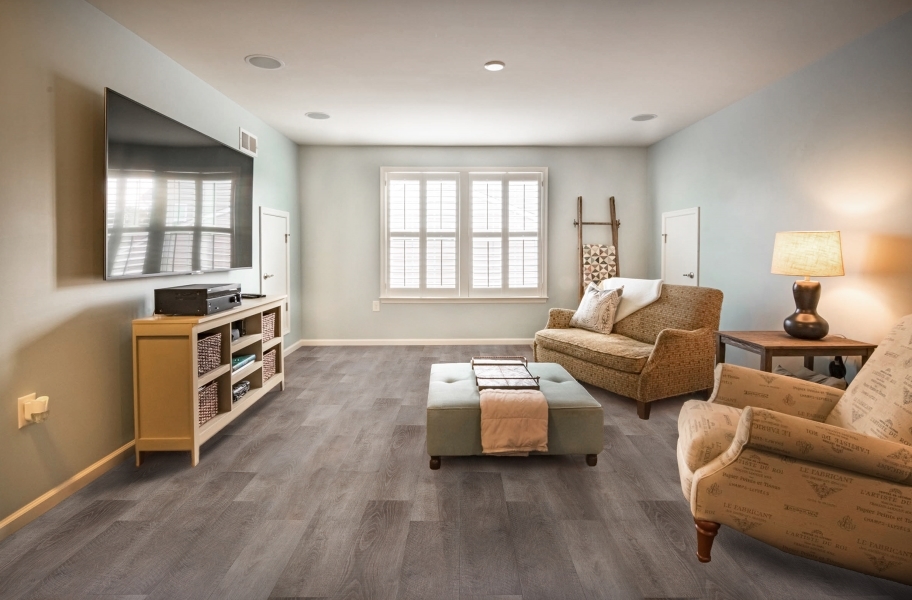The Legacy of Palladian Style
Palladian style architecture stands as a testament to the enduring elegance and classical proportions that have captivated admirers for centuries. Rooted in the designs of the legendary Italian architect Andrea Palladio, this style represents a harmonious blend of symmetry, balance, and timeless beauty.
Symmetry and Proportion: The Hallmarks of Palladian Design
Central to Palladian style is the emphasis on symmetry and proportion. Buildings designed in this style often feature perfectly balanced facades, where elements on one side mirror those on the other. This sense of harmony creates a visual rhythm that is both pleasing to the eye and imbues the structure with a sense of grandeur.
Palladian Windows: Icons of Classical Elegance
One of the most recognizable features of Palladian architecture is the Palladian window. This distinctive window style consists of a central arched opening flanked by two smaller rectangular openings. Not only does it serve as a striking architectural feature, but it also allows for the even distribution of natural light, creating luminous and inviting interior spaces.
The Palladian Villa: A Symbol of Classical Beauty
Palladian villas, such as Villa Capra “La Rotonda” in Vicenza, Italy, epitomize the grace and elegance of Palladian style. These country estates were designed as retreats for the Venetian nobility and feature majestic porticos, classical columns, and expansive interiors that seamlessly blend indoor and outdoor living.
Revival and Influence: Palladian Style Across Continents
The influence of Palladian style quickly spread beyond Italy, finding favor among European aristocracy and later across the Atlantic. In England, architects like Inigo Jones and Sir Christopher Wren embraced Palladian principles, giving rise to a Palladian revival during the 17th and 18th centuries. Stately homes and public buildings across England bear the distinctive hallmarks of Palladian design, with their imposing facades and grandiose porticos.
Palladian Style in America: From Monticello to the White House
In America, Palladian style found a passionate admirer in Thomas Jefferson, the third President of the United States. Jefferson was deeply inspired by Palladio’s works and incorporated Palladian elements into iconic buildings such as Monticello and the Virginia State Capitol. The influence of Palladian style can also be seen in the design of the White House, which features Palladian windows and classical proportions.
Modern Interpretations: Palladian Style Today
Today, architects continue to draw inspiration from Palladian style, albeit with modern interpretations. Contemporary buildings often incorporate Palladian elements such as symmetrical facades, Palladian windows, and classical columns to evoke a sense of timeless elegance and classical beauty. Whether in grand public structures or private residences, the legacy of Palladian style lives on, captivating new generations with its enduring charm and architectural mastery.
Preserving the Beauty of Palladian Style
As we continue to admire the beauty of Palladian style architecture, we are reminded of its lasting impact on the world of design. From the serene elegance of Palladian villas to the grandeur of public buildings, Palladian style remains a beacon of classical beauty and architectural excellence. By preserving and celebrating this timeless legacy, we ensure that the elegance and harmony of Palladian design will inspire generations to come. Read more about palladian style


